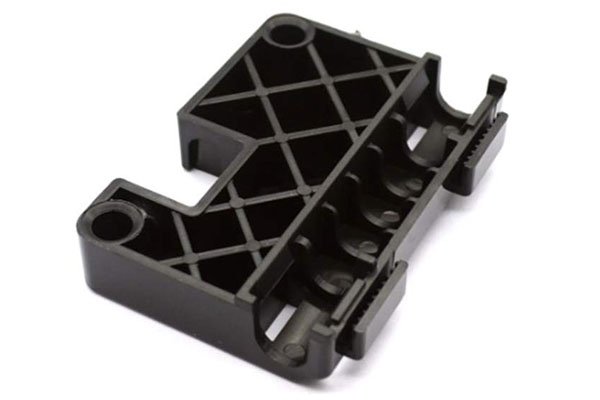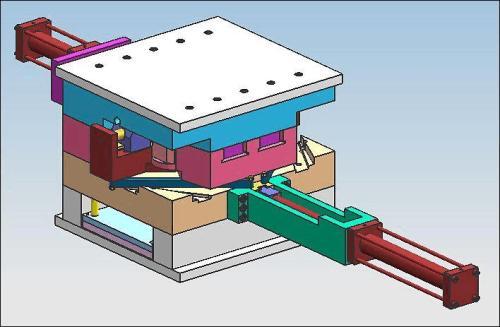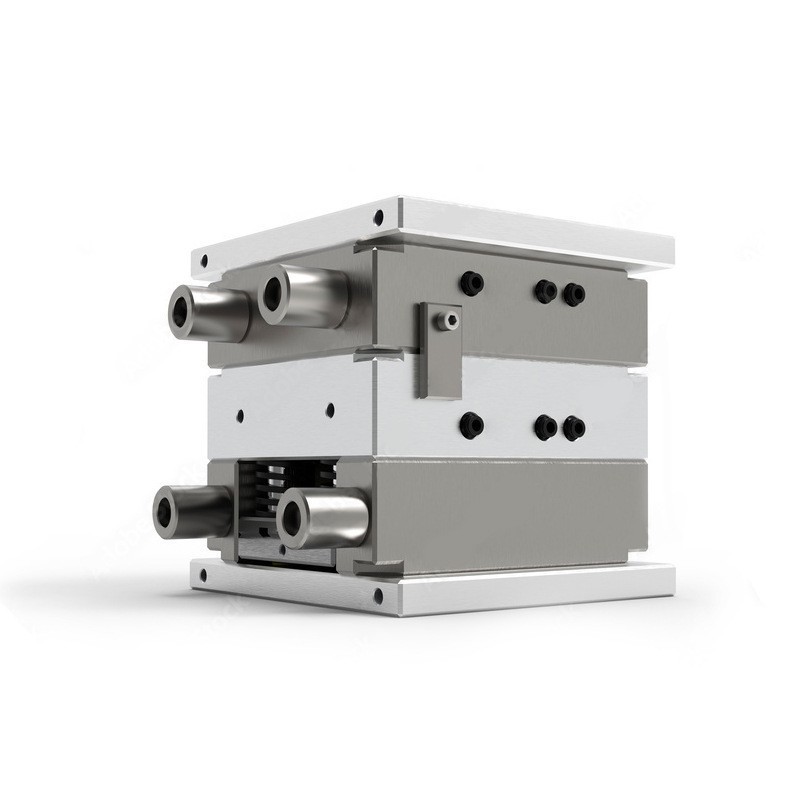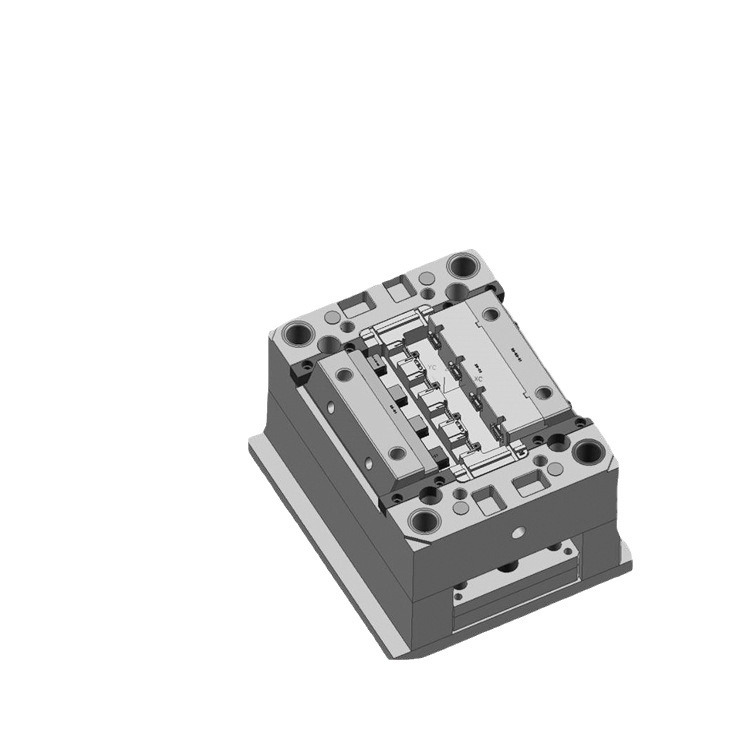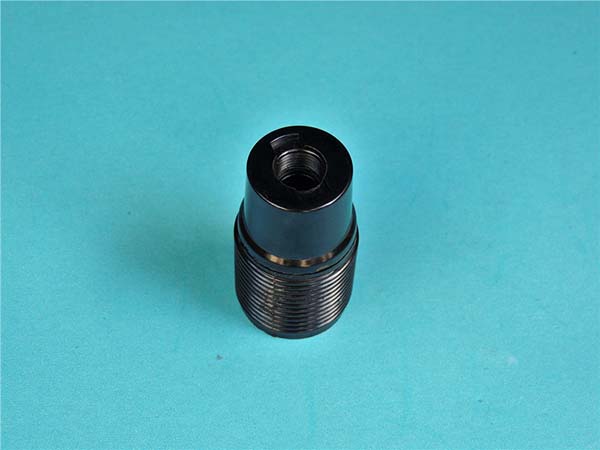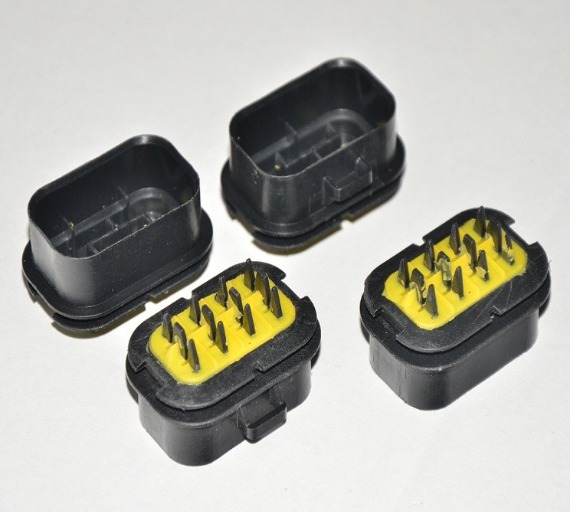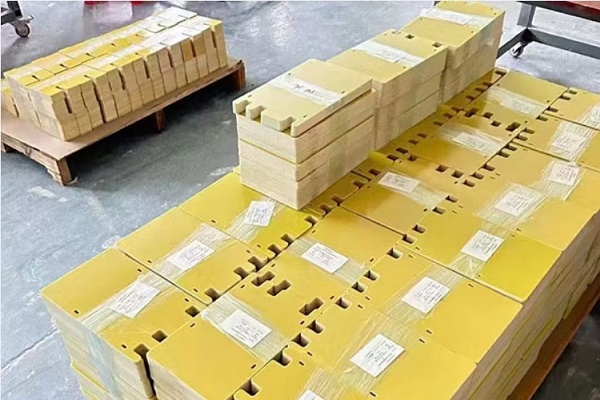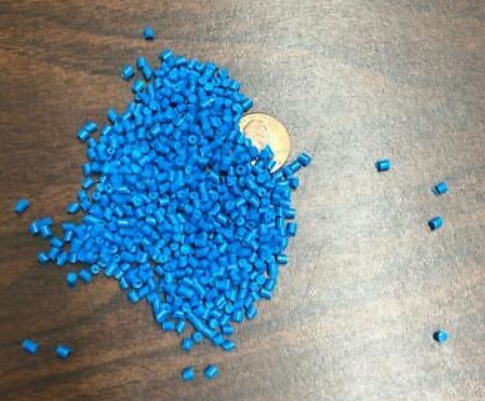Polyphenylene Sulfide (PPS) is a high-performance plastic renowned for its resilience in extreme environments, but molding it presents unique challenges that can test even seasoned manufacturers. Its exceptional high-temperature resistance demands specialized equipment, and minor process missteps can lead to costly defects like warpage or surface flaws. Achieving consistent chemical resistance across batches is another hurdle, especially for parts exposed to harsh solvents. Many also struggle with PPS’s high viscosity, which can cause uneven filling or short shots, particularly with glass-filled grades. This guide addresses these pain points, offering expert insights into PPS’s properties, molding processes, and more to help you produce reliable, high-quality parts.
Material Properties of Polyphenylene Sulfide (PPS): Strength in Extremes
Polyphenylene Sulfide (PPS) is a high-performance thermoplastic celebrated for its ability to thrive in harsh conditions. Its high-temperature resistance is exceptional—it can withstand continuous use at 200°C and short-term exposure to 260°C, making it ideal for applications like automotive underhood components and industrial furnace parts.
Chemical resistance is another standout feature: PPS resists most acids, alkalis, fuels, and solvents, including gasoline and hydraulic fluids. This makes it a top choice for chemical processing equipment and oilfield components where exposure to corrosive substances is common.
Mechanical strength is impressive, with a tensile strength of 70–90 MPa for unreinforced grades, increasing to 140–160 MPa with glass fiber reinforcement (30–40% loading). Its flexural modulus ranges from 3.5–4.5 GPa (unreinforced) to 10–15 GPa (glass-filled), providing rigidity for structural parts.
Thermal stability is paired with excellent dimensional stability (coefficient of thermal expansion: 20–30 ppm/°C for glass-filled grades), ensuring parts retain their shape across temperature fluctuations—critical for precision assemblies like electronics enclosures.
PPS also offers strong electrical properties, with high dielectric strength and flame retardancy (UL94 V-0 rating without additives), making it suitable for electrical components. It has minimal moisture resistance (absorption <0.05%), ensuring performance in humid environments, and good UV resistance for outdoor applications.
Injection Molding Process for PPS: Taming the Challenges
PPS injection molding requires precise control and specialized equipment due to its high processing demands. Drying requirements are moderate: PPS absorbs little moisture but should be dried at 120–140°C for 2–4 hours to remove surface moisture, preventing voids and ensuring consistent flow.
Melt temperature is critical, ranging from 300–340°C. Temperatures below 300°C lead to poor flow and short shots, while exceeding 350°C causes degradation, reducing strength and causing discoloration.
Injection pressure must be high (100–180 MPa), especially for glass-filled grades, to overcome PPS’s high viscosity. Injection speed should be moderate (30–60 mm/s) to avoid shear heating, which can degrade the material, while ensuring complete mold filling.
Cooling time is relatively short (15–30 seconds) due to PPS’s good thermal conductivity, contributing to a cycle time of 30–60 seconds—more efficient than many other high-performance plastics. High-temperature processing demands machinery with heated barrels and nozzles capable of maintaining 340°C, while humidity control in the molding area (relative humidity <60%) prevents post-molding moisture absorption.
Runner and gate design should minimize pressure drop—large, short runners and direct gates work best for glass-filled PPS. Process optimization often involves adjusting temperature and pressure incrementally, as reinforced grades are less forgiving than unreinforced ones.
Mold Design for PPS Molding: Built for Durability
Mold design principles for PPS focus on withstanding high temperatures and abrasion from glass-filled grades. PPS mold materials must be durable—H13 tool steel is standard, as it resists wear and retains hardness at 340°C, while carbide inserts are used for high-volume runs with glass-filled PPS.
Mold flow analysis is essential to simulate filling, as PPS’s high viscosity (especially when filled) can lead to uneven flow patterns. Cooling channel layout should be dense and uniform, with channels 8–12 mm from the cavity to ensure even cooling and reduce warpage. Water temperatures of 60–80°C balance cooling rate and mold longevity.
Venting requirements are critical—PPS traps air easily, so vents 0.02–0.03 mm deep at flow ends and parting lines are necessary to prevent voids. Draft angles of 1–2° facilitate ejection, with slightly larger angles (2–3°) for glass-filled grades to account for their rigidity.
Ejector pin design must distribute force evenly to prevent deformation—use multiple large pins, as glass-filled PPS can resist ejection. Hot runner systems with heated manifolds (310–330°C) reduce waste and improve consistency, though they require precise temperature control. Surface finish of the mold should be smooth (Ra < 0.8 μm) to prevent surface defects, especially for parts requiring good aesthetics.
Quality Control and Defects in PPS Molding: Ensuring Reliability
PPS’s high performance demands rigorous quality control methods. Common defects and solutions include:
| Defect | Cause | Solution |
| Warpage | Uneven cooling or glass fiber orientation | Optimize cooling channels; adjust injection speed. |
| Voids | Trapped air or moisture | Add vents; extend drying time. |
| Short shots | Insufficient pressure or low melt temp | Increase pressure; raise temperature to 320–330°C. |
| Flash | Excessive pressure or worn mold seals | Reduce pressure; replace worn components. |
| Surface defects | Mold contamination or glass fiber exposure | Clean mold; adjust gate design to avoid fiber orientation. |
Statistical process control (SPC) monitors variables like melt temperature and pressure, with allowable deviations of ±5°C and ±10 MPa to ensure consistency. Inspection techniques include CMMs for dimensional accuracy (tolerances as tight as ±0.03 mm for precision parts) and visual checks for surface defects under controlled lighting.
Root cause analysis helps address recurring issues—for example, if warpage persists, checking cooling channel symmetry or glass fiber distribution can identify the source. Regular material testing (tensile strength, impact resistance) ensures batches meet specifications.
Applications of PPS in Injection Molding: Across Industries
PPS’s unique properties make it indispensable in diverse applications:
- Automotive components: Sensor housings, fuel system parts, and turbocharger components leverage high-temperature resistance and chemical resistance.
- Electronics enclosures: Circuit board carriers and connectors benefit from PPS’s electrical properties and flame retardancy.
- Industrial equipment: Pump impellers, valve bodies, and filter housings use PPS’s chemical resistance and durability.
- Aerospace parts: Wire harnesses and engine components withstand extreme temperatures and fuels.
- Medical devices: Sterilization trays and fluid handling components resist harsh cleaning agents.
Design for manufacturing tips: Use wall thicknesses of 1–4 mm (thinner sections need higher pressure), and avoid sharp corners to reduce stress. For glass-filled grades, ensure uniform fiber distribution to prevent warpage.
Post-Processing and Finishing of PPS Parts: Enhancing Performance
Post-molding operations for PPS require care due to its heat resistance. Machining and trimming are possible with carbide tools, though slow speeds (500–1000 RPM) prevent heat buildup that could affect properties, especially for glass-filled grades.
Adhesive bonding works with epoxy or silicone adhesives, though surface treatment (plasma etching) improves bond strength. Ultrasonic welding is possible but requires higher energy than with softer plastics due to PPS’s rigidity.
Surface treatments include painting (with high-temperature primers) or plating, though adhesion requires proper surface preparation. Heat treatment (annealing at 150°C for 1–2 hours) relieves residual stress, improving dimensional stability for precision parts.
Assembly tolerances account for minimal thermal expansion, allowing tight fits in automotive and aerospace assemblies. Finishing standards vary by industry: automotive parts require ISO 9001 compliance, while aerospace components must meet AS9100 standards.
Yigu Technology’s Perspective
As a leading custom manufacturing supplier in China, Yigu Technology specializes in PPS injection molding. We understand PPS’s nuances, from handling glass-filled grades to ensuring high-temperature resistance for automotive parts. Our expertise in mold flow analysis and process optimization minimizes defects, while strict quality control methods guarantee consistency. Whether you need industrial components or electronics enclosures, we deliver PPS parts that meet the most demanding standards, leveraging advanced equipment and years of experience.
FAQs
- How does PPS compare to PEEK in terms of performance and cost?
PPS offers good high-temperature resistance (200°C continuous) at a lower cost than PEEK (260°C continuous). PEEK has superior impact strength, while PPS excels in chemical resistance and flame retardancy.
- Is PPS recyclable?
Yes, but recycled PPS (especially glass-filled grades) has reduced mechanical properties. It’s suitable for non-critical parts, while virgin PPS is recommended for structural or high-performance applications.
- What makes PPS suitable for automotive underhood components?
PPS’s high-temperature resistance, chemical resistance to oils and fuels, and dimensional stability under heat make it ideal for underhood parts like sensor housings and turbocharger components.
